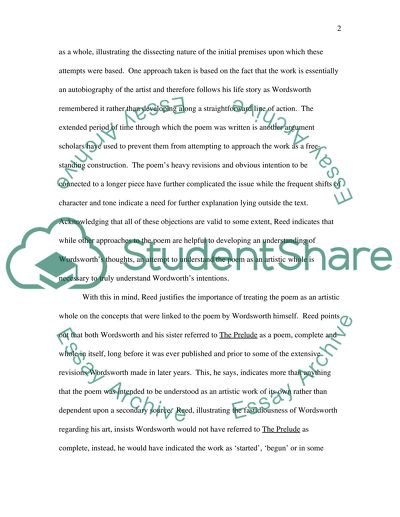Cite this document
(“William Wordsworths Poem in The Speaker of the Prelude by Mark Reed Article - 1”, n.d.)
William Wordsworths Poem in The Speaker of the Prelude by Mark Reed Article - 1. Retrieved from https://studentshare.org/literature/1540472-argument-analysis-on-a-critics-essay-on-the-prelude
William Wordsworths Poem in The Speaker of the Prelude by Mark Reed Article - 1. Retrieved from https://studentshare.org/literature/1540472-argument-analysis-on-a-critics-essay-on-the-prelude
(William Wordsworths Poem in The Speaker of the Prelude by Mark Reed Article - 1)
William Wordsworths Poem in The Speaker of the Prelude by Mark Reed Article - 1. https://studentshare.org/literature/1540472-argument-analysis-on-a-critics-essay-on-the-prelude.
William Wordsworths Poem in The Speaker of the Prelude by Mark Reed Article - 1. https://studentshare.org/literature/1540472-argument-analysis-on-a-critics-essay-on-the-prelude.
“William Wordsworths Poem in The Speaker of the Prelude by Mark Reed Article - 1”, n.d. https://studentshare.org/literature/1540472-argument-analysis-on-a-critics-essay-on-the-prelude.


